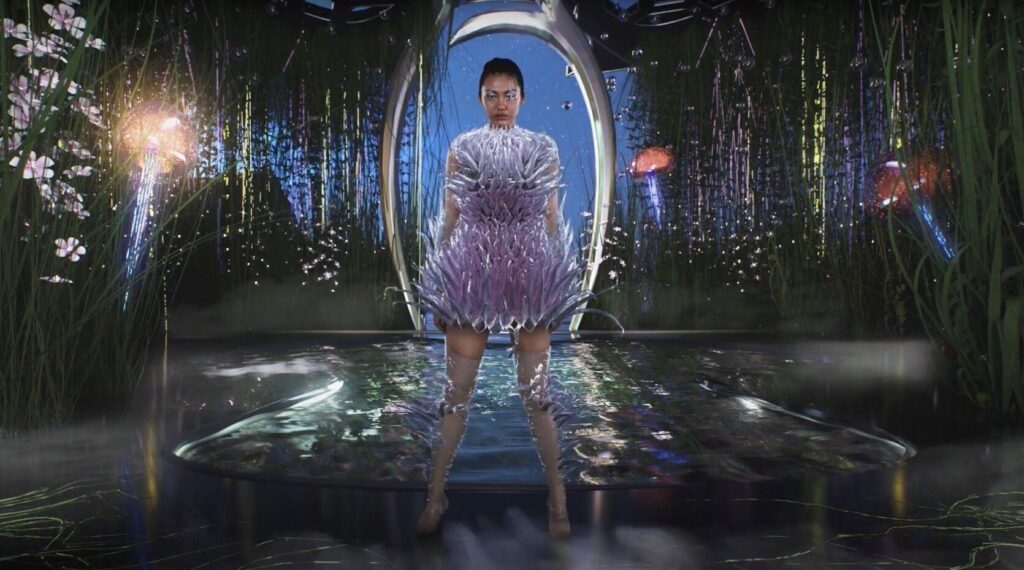The fashion industry is undergoing a radical transformation, with digital fashion emerging as one of the most groundbreaking trends in recent years. What was once a niche concept has now evolved into a legitimate movement, as virtual clothing, 3D design, and digital runways redefine how we perceive and interact with style. In the aftermath of the COVID-19 pandemic, which disrupted physical fashion shows and traditional retail models, virtual fashion has found fertile ground to flourish.
Digital fashion refers to clothing that exists only in virtual form, designed using 3D software and worn by digital avatars or overlaid on images of real people via augmented reality. Unlike traditional fashion, these garments are not physically produced they are visual, often futuristic, and unlimited by material constraints. This shift is not only environmentally friendly but also offers designers boundless creative freedom to experiment with bold ideas that would be impossible or costly to produce in real life.
The post-pandemic acceleration of virtual lifestyles spurred by increased screen time, the popularity of gaming platforms, and the growth of the metaverse has boosted interest in digital self-expression. Consumers now purchase digital outfits for their online avatars or for sharing stylized photos on social media. Major fashion houses, independent designers, and tech startups are all investing in digital collections, virtual showrooms, and NFT-based fashion assets.
The appeal goes beyond novelty. Digital fashion is disrupting the traditional fashion calendar, allowing for instant releases, faster iteration, and global accessibility. It also offers new business models, such as renting digital garments for a single Instagram post or selling exclusive wearable art pieces for virtual platforms. Fashion shows are being reimagined as immersive digital experiences, often more inclusive and interactive than their physical counterparts.
While digital fashion won’t entirely replace physical clothing, it is carving out a parallel space that addresses the needs of a digital-first generation. It challenges the fashion industry to rethink sustainability, innovation, and the role of clothing in self-expression. As technology continues to evolve, digital couture may soon become a standard offering alongside traditional garments blurring the lines between reality and imagination in what we wear.
In this emerging era, fashion is not just about what we wear on our bodies but also about how we present ourselves across multiple dimensions of existence both physical and digital.

